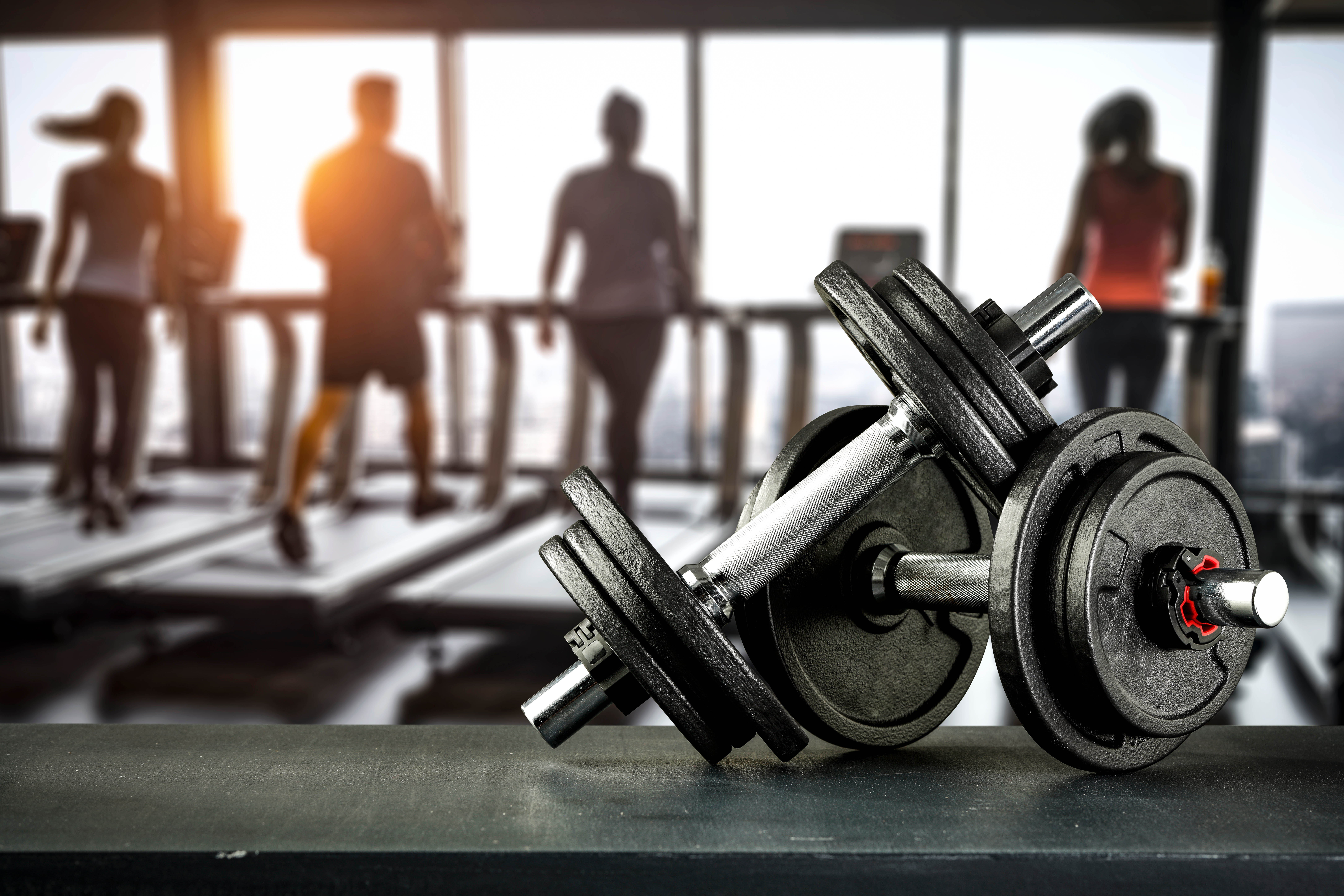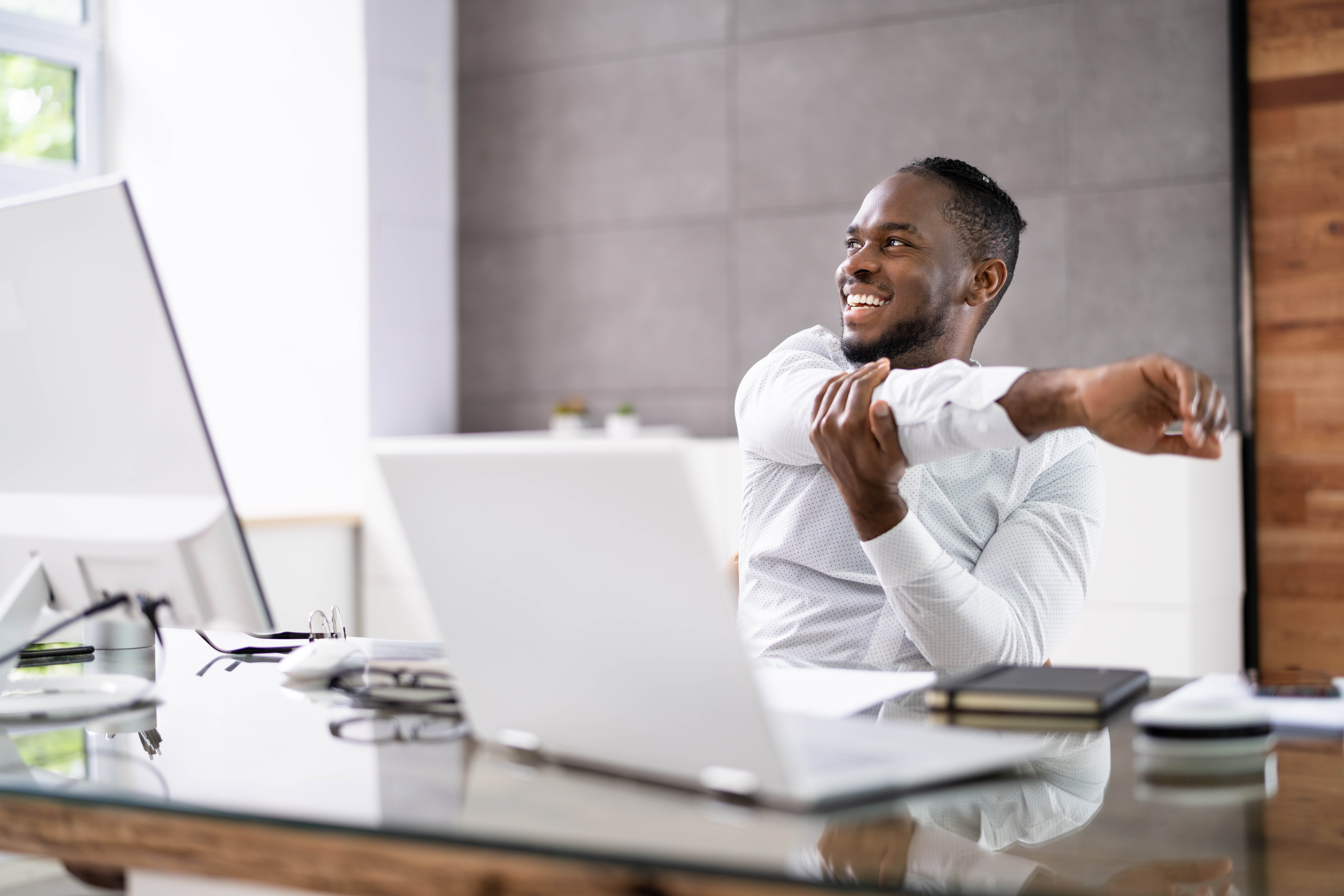You DO have enough time to exercise
Living Well

Written by: Meg Sharp, Fitness & Wellbeing Consultant, Cambridge Group of Clubs
Having trouble fitting in your workouts? Is it suddenly bedtime and you realize you never lifted the weights or went for the run you’d intended? Don’t blame it on lack of time.
Hang on: Before you get too irritated or ready to dismiss our humble point of view, read a few more words. We’re not for a moment suggesting that you aren’t incredibly busy. For many of us, maybe in unusual or unexpected ways, we are busier than ever. We’re certainly not suggesting that fitting regular exercise into your schedule isn’t a significant challenge. What we ARE suggesting – or rather stating – is that determining that lack of time is the problem is not going to help you.
What we also want to suggest, are three mindsets and accompanying strategies one of which WILL help. Maybe even all three.
- EVERYTHING counts
- KEEP exercise as one of your priorities
- Focus on how movement – any movement – makes you FEEL
Today, we’ll explore the first point. Come back to this space so we can share our thoughts on 2 and 3.
Mindset ONE: Everything counts.
The challenge: “Is running outside better than on a treadmill? Or should I bike instead? Lift heavy weights or light ones? Long slow distance or high intensity intervals? Machines or free weights? Is cardio or weights better?!?!??!!”

Our point of view: No matter how you chose to move, it’s always beneficial to engage your muscles, raise your heart and respiration rate, stimulate your body and central nervous system. Choose activities you love as well as those that are simply convenient.
The FACTS: BOTH cardiovascular and resistance-based exercise have amazing benefits. For the best mind and body outcomes, do some of both. Long rambling walks AND crazy HIIT workouts are amazing for you. In different ways no doubt. Still: both are amazing. Machine based strength training has been shown to provide opportunity to lift more safely, potentially lift heavier, target specific areas, and increase adherence due to user comfort. At the same time, free weights may require and train more stability and core strength, could translate to improved strength during other activities, and improve overall confidence.
In summation: Do what you enjoy. Do what works. Mix it up as often as you can. Don’t be afraid to try something new.

The challenge: “I don’t have 30 minutes a day… or even every other day to dedicate to exercise!!!”
Our point of view: Every moment of movement is beneficial and absolutely “counts”. Short bursts of movement create positive physiological changes in your body and – as importantly –your brain.
The FACTS: 1-2 minute bursts of exercise 3 times a day (speed walking during a commute, rapidly climbing the stairs) can reduce cardiovascular mortality risk by 50%. Standing up, opening up your chest, and taking deep breaths can reduce stress, anxiety, and increase confidence. 6-9 minutes of moderate aerobic activity improves memory and cognition. 60 second bouts of exercise will decrease cortisol and blood sugar while increasing blood flow to the brain. 4, 7, and 9 minute full body workouts have been shown to improve strength, stability, and mobility, as well as improve performance and decrease risk of injury.

In summation: Your body and brain crave habits, rituals, regularity, and forward momentum. Yesterday, you moved. Today, you moved. Those two things predict that you are likely to move again tomorrow. Just get moving. Worry about what or how or how long another day.

Exercise will make your mind and body stronger. It makes the challenges you face every day a little more manageable. It makes you feel better. Make time to exercise. It – and you – are worth it.
1803